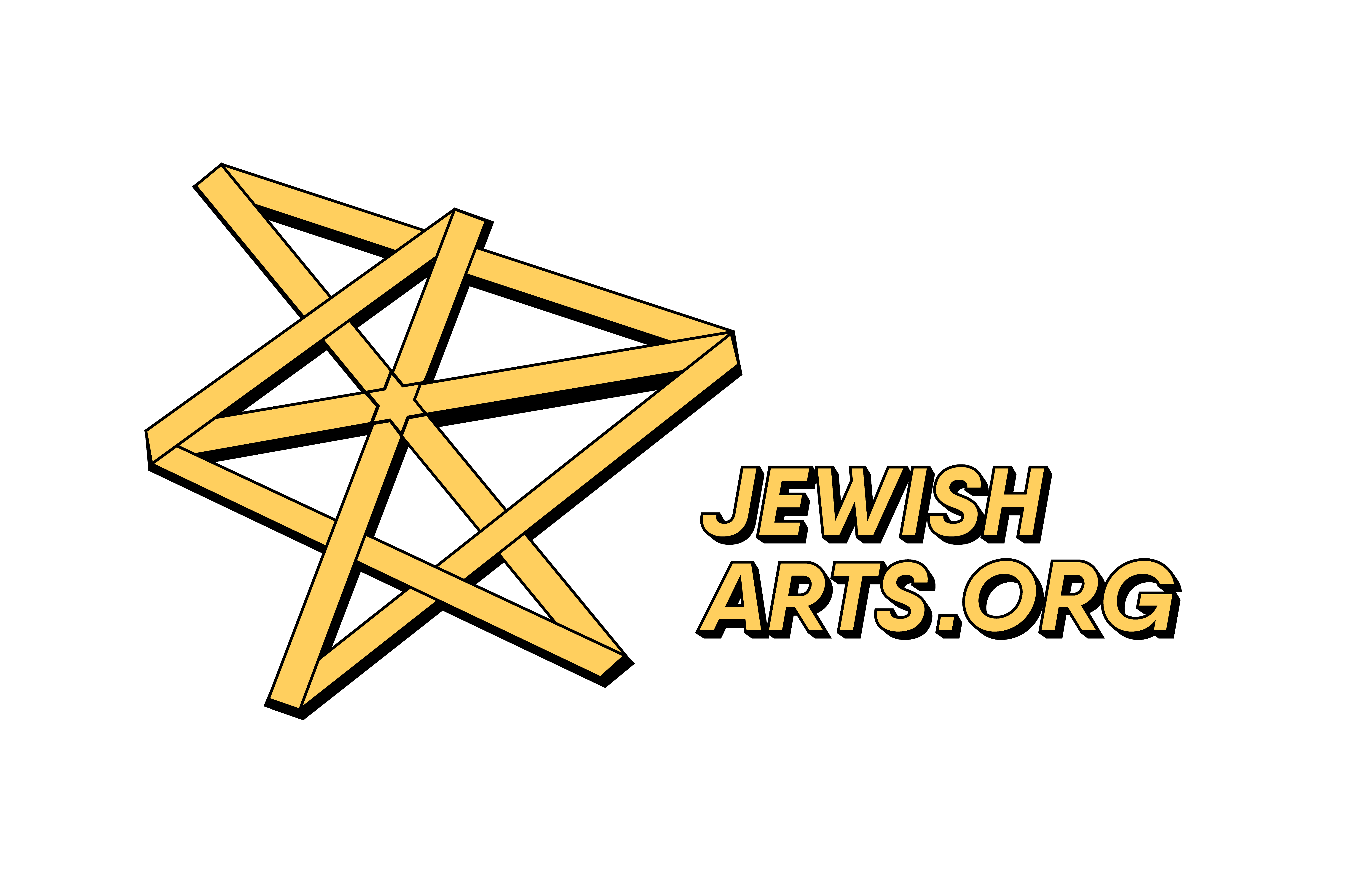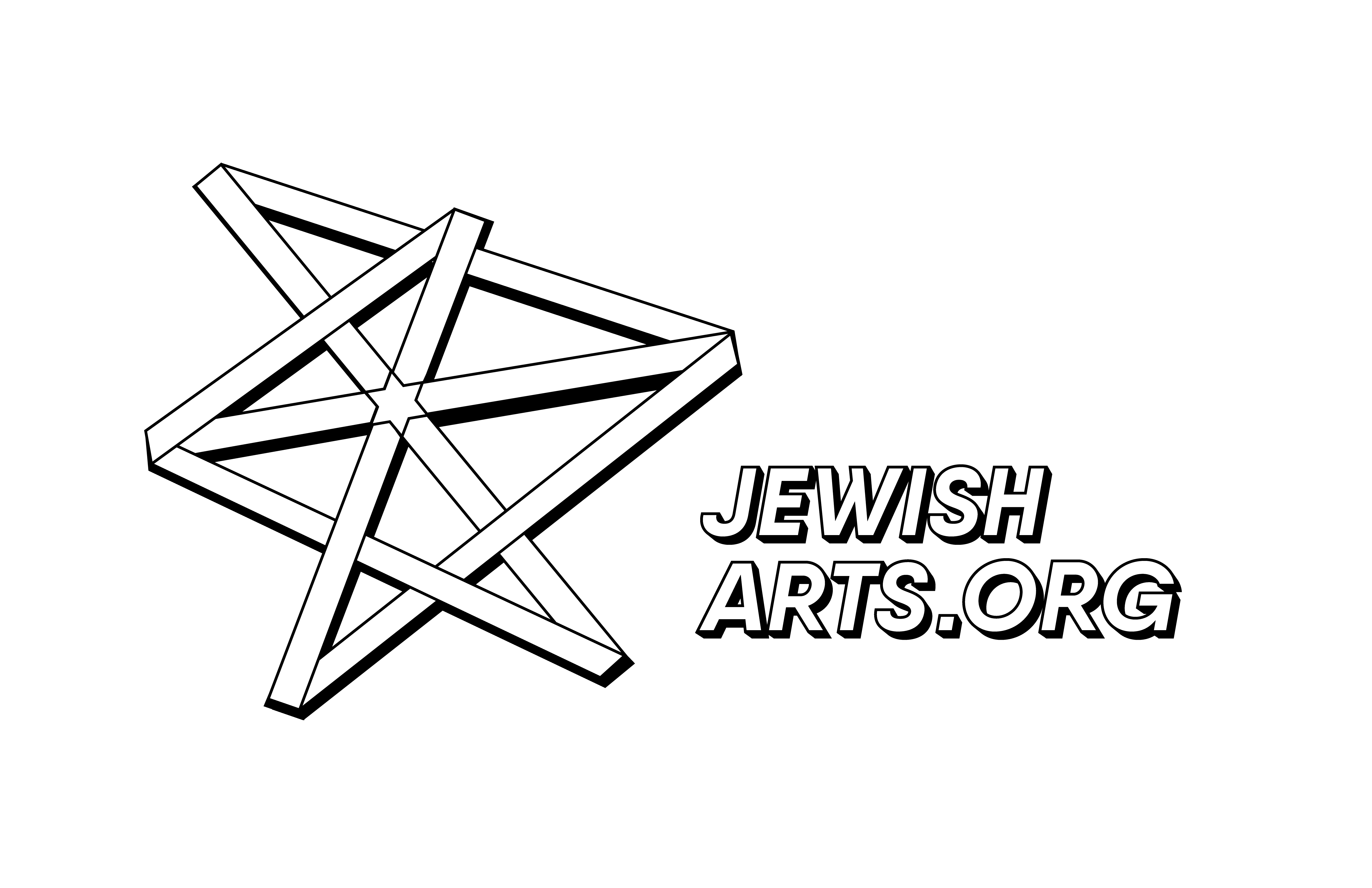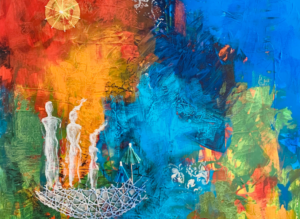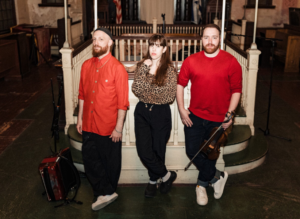Learn The Four Questions in Yiddish!
Bring "di fir kashes" (the four questions) to your Passover Seder this year
Published Mar 30, 2023

The Passover Seder is perhaps the best-known Jewish ritual and a centerpiece of Jewish home-based religious observance. The ritual of the Seder, in which family members and other intimates recount the Exodus from Egypt, is conducted year in and year out. The Seder creates an embodied sense of trans-historical connection between Jewish generations across time.
Anthropologist Barbara Myerhoff taught that through telling the story of the Exodus, the tellers become characters in the narrative itself, recasting their personal life stories and family drama into the landscape of myth and ancestral memory.
The language of the Haggadah is Hebrew, creating an inevitable sense of distance between the text and its readers in the diaspora, who typically speak a different language, their familiar vernacular. Jewish people typically bridge this gap with music and interpretation. Performing musical renditions of the text, often with beloved familiar melodies, creates a sense of intimacy with the words in Hebrew. Conversations about the stories in the Haggadah interpret the ancient narrative and make connections between life today and communal history.
Another important means of forging intimate bonds with the text of the Haggadah is through translation. One important section of the Seder is the ritual of having the youngest child ask four questions near the beginning of the ceremony. This performance of curiosity is scripted into the Haggadah in a section referred to as the “Mah nishtanah” (How different).
The questions are conveyed in a short text that is traditionally recited using a melody based on the chant style used for studying Talmud. “Mah nishtanah” has been translated into many diasporic languages, a phenomenon that has been explored as the subject of academic study by the Jewish Language Project as well as by religious organizations such as Chabad. Both of these institutions have a vested interest in preserving and perpetuating diasporic traditions, produced in far-flung parts of the world, that have become endangered in recent years as the Jewish population has become more focused in a smaller number of geographic centers.
The Yiddish version of “Mah nishtanah” is commonly referred to as “Di fir kashes” (the four questions). In some communities in Eastern Europe, children would recite the “Mah nishtanah” in Yiddish, or in both Hebrew and Yiddish. “Di fir kashes” became such an entrenched part of the Seder ritual that it developed its own musical traditions.
Jewlia Eisenberg (1970-2021) and I participated in a concert called “Passover Around the World: A Multimedia Concert” that was produced by the Jewish Language Project.
For the concert, we created our own version of “Di fir kashes”, inspired by Goldie Malavsky’s classic recording. Jewlia’s rendition wonderfully evokes the cultural specificity of Goldie’s intonation and diction.
The Yiddish language version of “Mah nishtanah” can also be heard on the Malavsky Family’s 1959 album “The Passover Festival,” a nostalgic romp through the standards of the season. Listen to it here:
Jeremiah Lockwood is a scholar and musician, working in the fields of Jewish studies, performance studies, and ethnomusicology.
Reflections
Melody and Memory
What melodies are most linked to the Passover ceremony for you? What other parts of your life have melodies deeply connected to them?
Translation and the Seder
Does your family conduct the Seder in Hebrew, English, or some other language? How do you make decisions about which parts to perform in which language?
Cultural preservation and language
The Jewish Language Project is invested in preserving languages as a form of Jewish heritage. What aspects of Jewish languages do you or your family preserve? Are there certain things or experiences that you routinely use words in another language for?
Want more?
Get curated JewishArts.org content in your inbox





